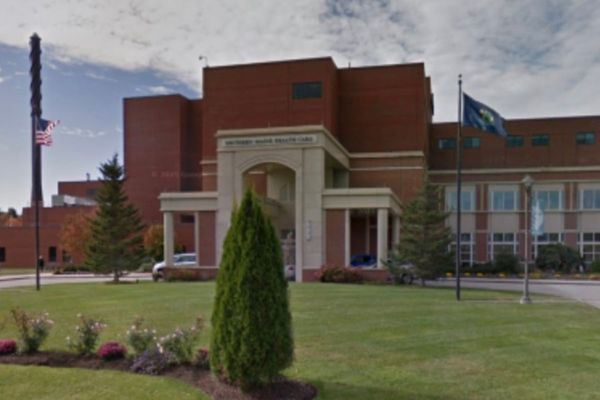
The graphics card giant Nvidia unveiled RTX Mega Geometry back in February, highlighting its potential to enhance geometric detail in ray-traced applications by efficiently handling complex, highly-instanced geometry. The new tech has now been added to the RTX Branch of Unreal Engine 5.6, one of the best game development programs, and word is starting to spread.
There was little coverage of the development initially, perhaps because of the abstract complexity of the tech and limited implementations – only Alan Wake 2 – amid limited software support for mesh shaders But Nvidia's now giving Unreal Engine developers a chance to learn more about a tech that could have a big impact on the fidelity of game graphics in future consoles like the PlayStation 6.
Hear from NVIDIA developers working on RTX Mega Geometry in the next episode of our Level Up With NVIDIA webinar series 🎮We’re talking all about the latest release of the NVIDIA RTX Branch of @UnrealEngine (NvRTX) 5.6 and will also be showing a Bonsai sample scene.🗓️… pic.twitter.com/o5QZq7mNjhSeptember 2, 2025
RTX Mega Geometry uses clustered Base-Level Acceleration Structures (BLAS) and partition top-level acceleration structures to accelerate the creation of Bounding Volume Hierarchy (BVH) trees. This allows for up to 100x more ray-traced triangles, enabling full ray tracing of highly detailed Nanite geometry while improving performance for real-time photorealism in games and cinematic applications.
The reason Nvidia thinks it's a big deal is because it solves the problems posed when complex ray tracing comes up against complex geometry, generating massive BVH structure build times and memory footprint and CPU overhead while still lacking truly complex and dynamic geometry. Mega Geometry intelligently clusters and updates complex geometry for ray tracing calculations in real-time, improves FPS and reduces CPU overhead and VRAM consumption in heavy ray-traced scenes.
CLAS act by #NVIDIAResearch during RTL at SIGGRAPH2025 🐲RTX Mega Geometry grouped millions of triangles into reusable clusters; CLAS + Cluster GAS rebuilds are fast, trace perf stays high on animated assets, and DLSS-RR provides smooth frames. Watch More ➡️… pic.twitter.com/kJlMlW5zZpAugust 15, 2025
The jury is still out, with some developers and gamers saying they would prioritise advances in physics over graphics, but you can learn more about RTX Mega Geometry at the next in the Level Up with Nvidia webinar series on 23 September. The sessions will look at a bonsai sample scene that makes use of the feature and also provide an update on progress toward the next NvRTX release. You can register on the Nvidia site.
For more RTX news, also see this week's release of the new Nvidia AI Blueprint for 3D object generation.







